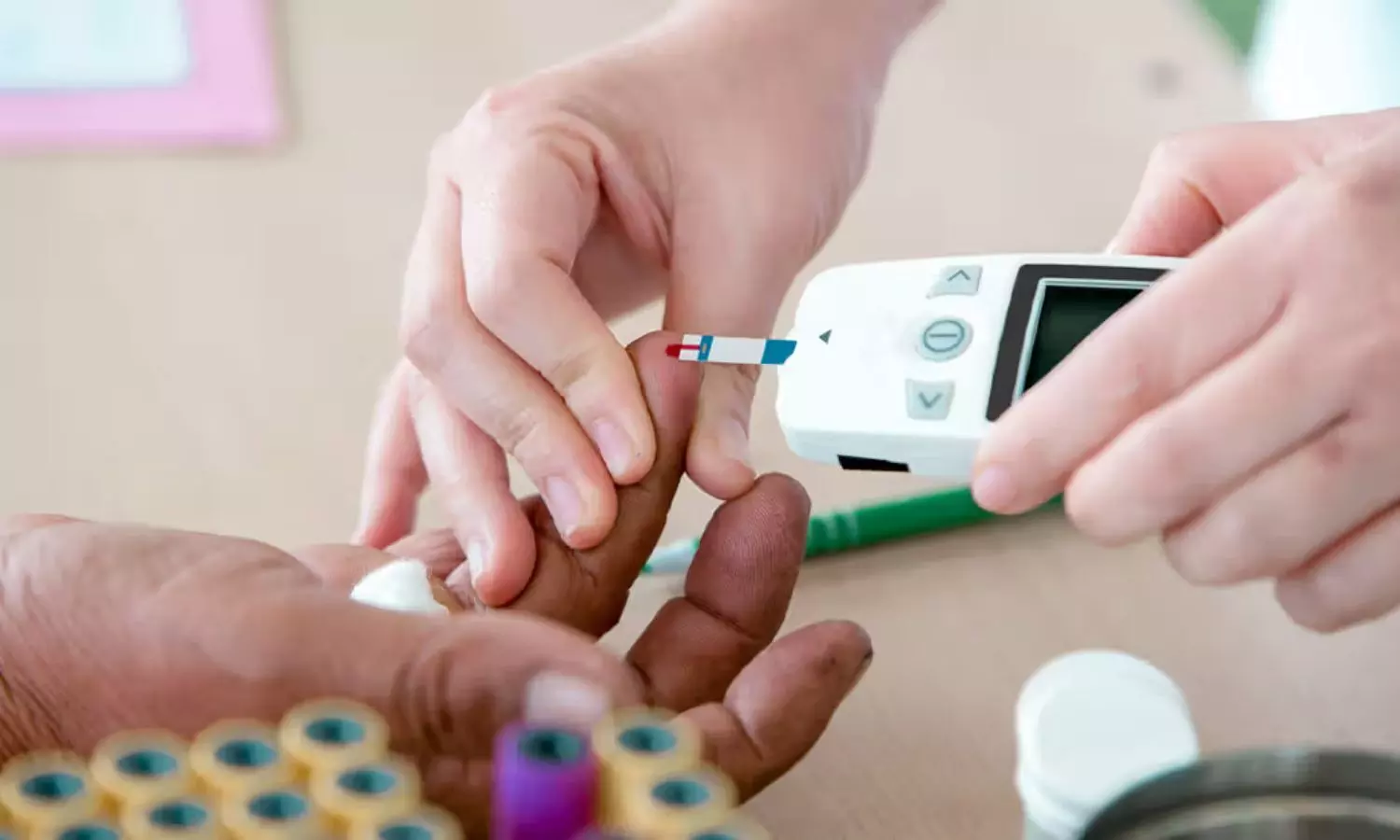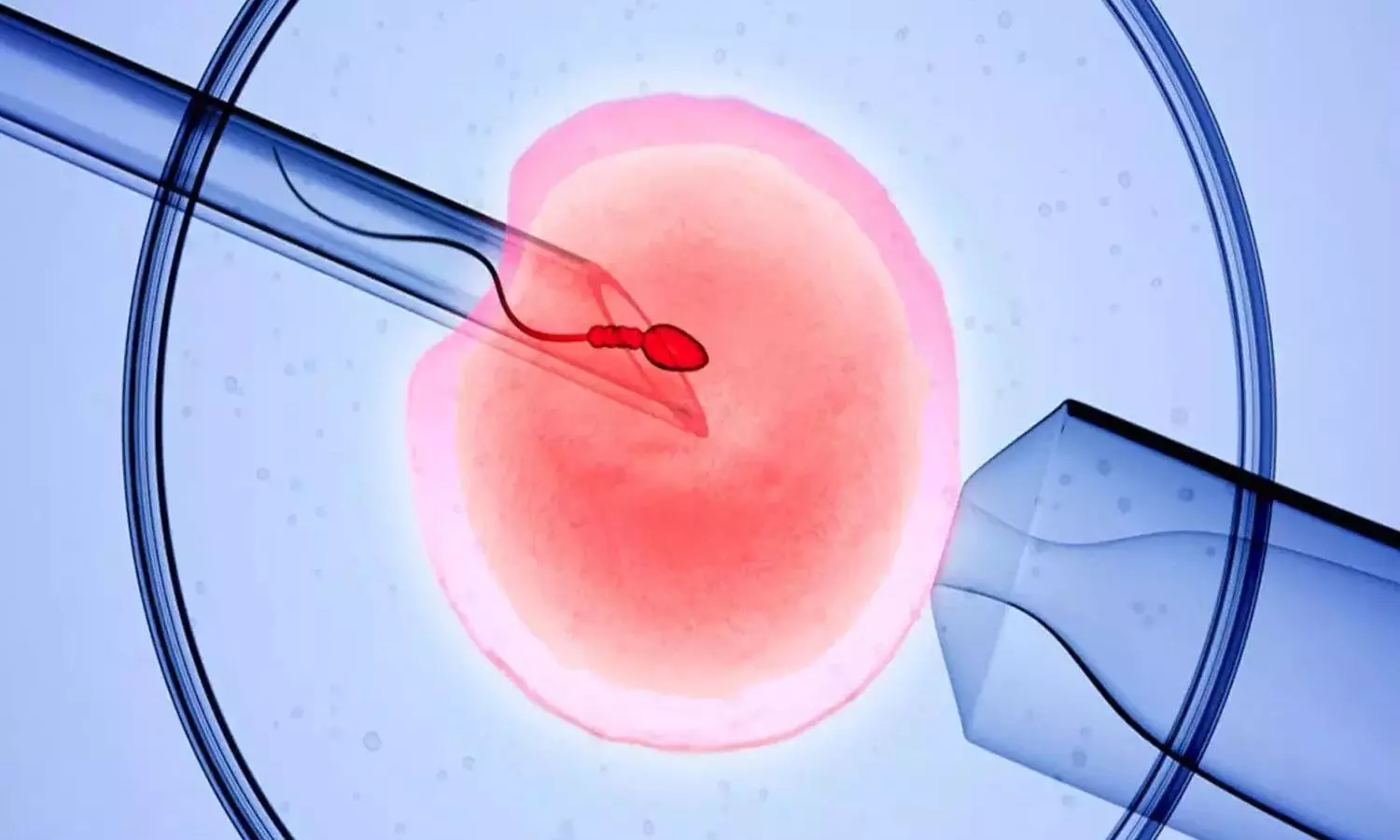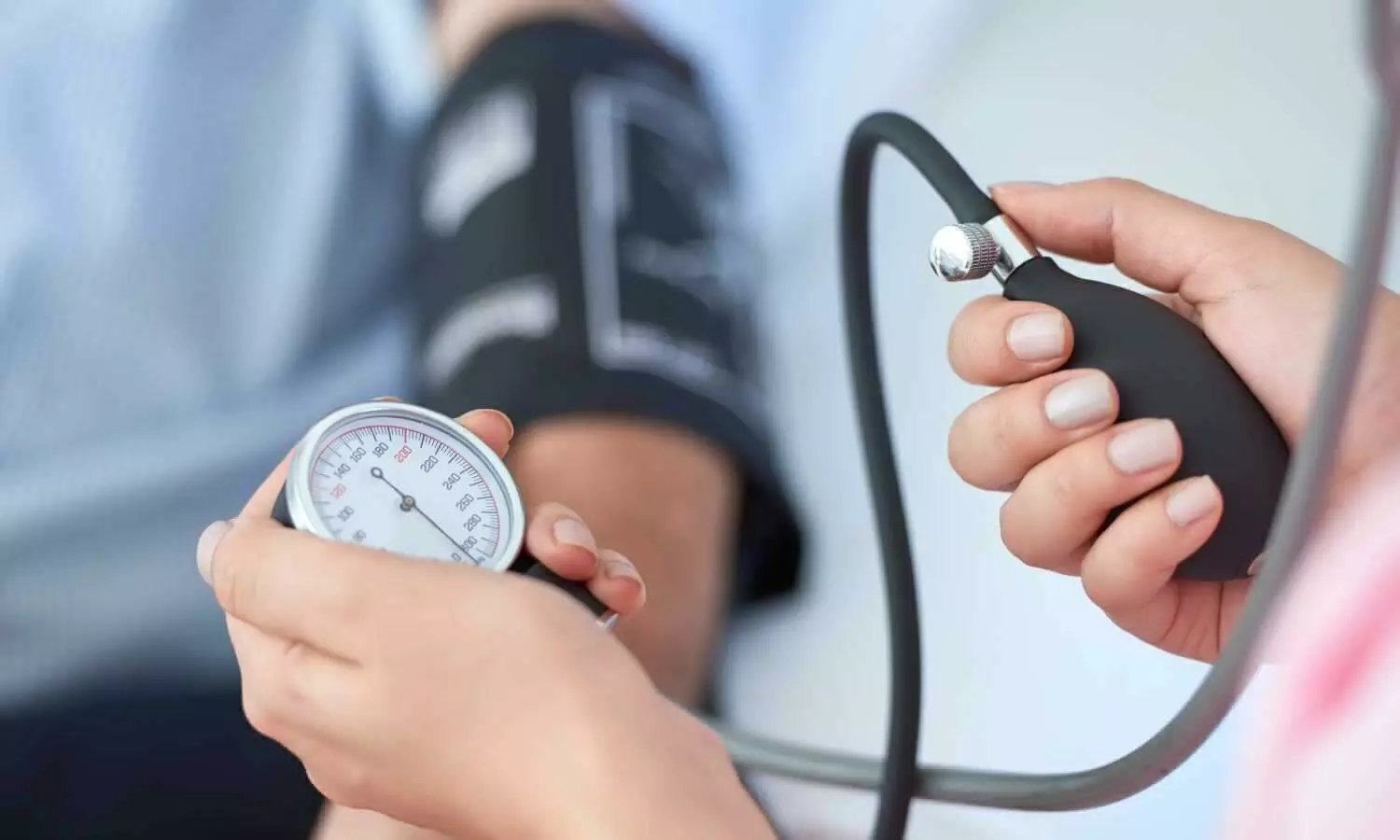Cranberries provide runners with all-natural boost, according to new research

Competitive athletes are always looking for an extra edge that can help them improve performance. According to a new study by Concordia researchers published in the journal Physical Activity and Nutrition, they can find one in the common cranberry.
In a series of trials involving trained distance runners, the researchers found that ingesting a cranberry supplement for 28 consecutive days led to noticeable improvements in both performance and muscle fatigue following 1,500-metre time trials. Reoxygenation rates were faster and running speeds improved by 1.5 per cent.
“When it comes to elite athletes, any advantage can make the difference between finishing fifth or on the podium,” says Andreas Bergdahl, an associate professor in the Department of Health, Kinesiology and Applied Physiology and the paper’s senior author.
Effects of different energy systems
The researchers recruited 14 high-level runners from Concordia’s varsity track and field team and from two Montreal running clubs, who are performing at least five hours of endurance training a week.
The athletes ran two time trials over three separate visits, one a 1,500-metre, the other a 400-metre. The first visit was used as a baseline. At the second, they were given a single large dose of cranberry extract two hours before running. The athletes were then instructed to consume a small dose of cranberry extract daily for 28 days, after which they repeated the runs for a third time.
“We selected these distances to test the effects the cranberry extract had on different energy systems,” says Francis Parenteau, a PhD candidate and the paper’s lead author. “The 400-metre is shorter and of higher intensity and involves the anaerobic system. The 1,500-metre uses the aerobic system but is shorter than what the athletes usually run. Since they do not train to run that distance, we were able to isolate training effects as a variable.”
Besides their running time, the researchers measured their post-exercise blood lactate, a marker for potential muscle fatigue and lack of oxygen. They also attached a portable near-infrared spectroscopy device to the runners to measure muscle oxygenation levels before, during and after their runs.
Following data analysis, the researchers found that 28 days of cranberry extract consumption demonstrated a trend toward increased speed in the 1,500-metre time trial but not in the 400-metre. However, they did notice that lactate buildup was reduced following the 400-metre but not the 1,500-metre compared to baseline.
The data also indicated that the cranberry extract promoted better oxygen extraction by the muscle, improved lactate clearance and slower muscle deoxygenation.
A runner’s best friend, made in Quebec
Cranberries are extraordinarily rich in polyphenols, a natural compound with antioxidant properties. These characteristics help protect the body from the harmful effects of free radical molecules produced by strenuous exercise.
Cranberries are also indigenous to and a major industrial crop for Quebec. The province produces roughly 60 per cent of Canada’s cranberry yield, according to Statistics Canada.
“The beauty of this is that it is all natural,” says Bergdahl. “It is an ergogenic aid, meaning that it is performance-enhancing, but it is not an anabolic steroid. Athletes can get this important boost in their performance just by consuming more cranberries.”
Reference:
Parenteau F, Puglia VF, Roberts M, Comtois AS, Bergdahl A. Cranberry supplementation improves physiological markers of performance in trained runners. Phys Act Nutr. 2023 Dec;27(4):8-14. doi: 10.20463/pan.2023.0032.
Powered by WPeMatico









